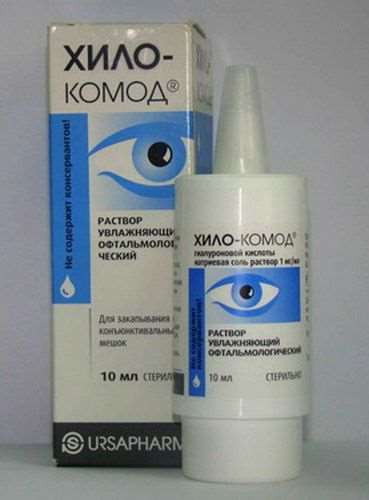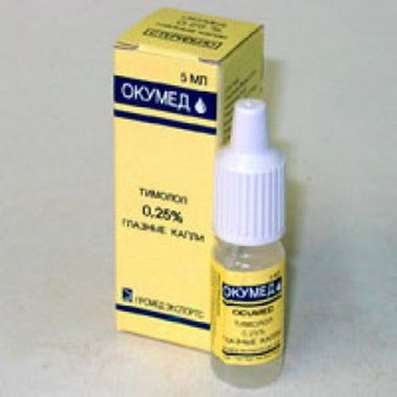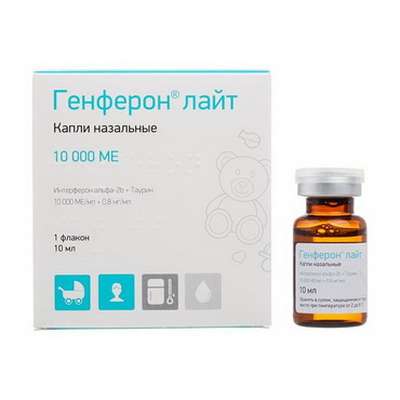Instruction for use: Insulin-isophan [human biosynthetic] (Insulinum isophanum [humanum biosyntheticum])
I want this, give me price
Pharmacological group
Insulins
Nosological classification (ICD-10)
E10 Insulin-dependent diabetes mellitus
Decompensation of carbohydrate metabolism, Diabetes mellitus, Diabetes insulin sugar, Diabetes mellitus type 1, Diabetic ketoacidosis, Insulin-dependent diabetes, Insulin-dependent diabetes mellitus, Coma hyperosmolar non-ketoacidotic, Labile form of diabetes mellitus, Violation of carbohydrate metabolism, Type 1 diabetes mellitus, Type I diabetes mellitus, Insulin-dependent diabetes mellitus, Type 1 diabetes mellitus
E11 Non-insulin-dependent diabetes mellitus
Acetonuric diabetes, Decompensation of carbohydrate metabolism, Diabetes insulin-independent sugar, Diabetes sugar type 2, Type 2 Diabetes, Non-insulin-dependent diabetes, Non-insulin dependent diabetes mellitus, Non-insulin-dependent diabetes mellitus, Insulin resistance, Insulin resistant diabetes mellitus, Coma lactobacillus diabetic, Violation of carbohydrate metabolism, Type 2 diabetes mellitus, Diabetes mellitus type II, Diabetes mellitus in adulthood, Diabetes mellitus in old age, Diabetes insulin-independent, Diabetes mellitus type 2, Sugar insulin-independent diabetes type II
O24 Diabetes mellitus during pregnancy
Pregnancy in diabetes mellitus, Diabetes mellitus type 2 in pregnant women
Characteristics
The preparation of insulin of average duration of action. Human insulin obtained using recombinant DNA technology (deoxyribonucleic acid).
Pharmacology
Pharmacological action - hypoglycemic.
Interacts with specific receptors of the external cytoplasmic membrane of the cell and forms an insulin-receptor complex that stimulates intracellular processes, incl. Synthesis of a number of key enzymes (hexokinase, pyruvate kinase, glycogen synthetase, etc.). Reduction in blood glucose is due to increased intracellular transport, increased absorption and assimilation of tissues, a decrease in the rate of glucose production by the liver. Stimulates lipogenesis, glycogenogenesis, protein synthesis.
The duration of action of insulin preparations is mainly due to the rate of absorption, which depends on several factors (including dose, method and place of administration), and therefore the profile of insulin activity is subject to significant fluctuations in both different individuals and in one and The same person. On the average, after subcutaneous administration, the onset of action - after 1.5 hours, the maximum effect develops in the interval between 4 and 12 hours, the duration of the action is up to 24 hours.
Completeness of absorption and the beginning of the effect of insulin depends on the place of administration (abdomen, thigh, buttocks), the dose (volume of insulin administered), the concentration of insulin in the preparation, etc. Distributed in tissues unevenly; Does not penetrate the placental barrier and into breast milk. It is destroyed by insulinase mainly in the liver and kidneys. It is excreted by the kidneys (30-80%).
Indications
Diabetes mellitus type 1. Type 2 diabetes mellitus: the stage of resistance to oral hypoglycemic agents, partial resistance to these drugs (with combined therapy), intercurrent diseases; Diabetes mellitus type 2 in pregnant women.
Contraindications
Hypersensitivity, hypoglycemia.
Side effects
Due to the effect on carbohydrate metabolism: hypoglycemic conditions (pallor of the skin, increased sweating, palpitation, tremor, hunger, agitation, paresthesia in the mouth, headache). Pronounced hypoglycemia can lead to the development of hypoglycemic coma.
Allergic reactions: rarely - skin rash, angioedema; Extremely rare - anaphylactic shock.
Other: swelling, transient refractive disorders (usually at the beginning of therapy).
Local reactions: hyperemia, swelling and itching at the injection site; With prolonged use - lipodystrophy at the injection site.
Interaction
Hypoglycemic action of insulin is enhanced: oral hypoglycemic drugs, MAO inhibitors, ACE inhibitors, carbonic anhydrase inhibitors, nonselective beta-blockers, bromocriptine, octreotide, sulfonamides, anabolic steroids, tetracyclines, clofibrate, ketoconazole, mebendazole, pyridoxine, theophylline, cyclophosphamide, fenfluramine, lithium preparations , Preparations containing ethanol. The hypoglycemic effect of insulin is weakened: oral contraceptives, glucocorticoids, thyroid hormones, thiazide diuretics, heparin, tricyclic antidepressants, sympathomimetics, danazol, clonidine, BCC, diazoxide, morphine, phenytoin, nicotine. Under the influence of reserpine and salicylates, both weakening and enhancement of insulin action are possible.
Overdose
Symptoms: hypoglycemia.
Treatment: mild hypoglycemia can be eliminated by the patient himself, taking sugar or carbohydrate-rich foods (in connection with this diabetic patient it is recommended to constantly carry sugar, sweets, biscuits or sweet fruit juice). In severe cases, if the patient's consciousness is lost, a 40% dextrose solution is injected into the IV; In / m, p / to, in / in - glucagon. After restoration of consciousness the patient is recommended to take food rich in carbohydrates, to prevent the repeated development of hypoglycemia.
Routes of administration
Subcutaneously
Precautions
It is necessary to change the injection site within the anatomical area to prevent the development of lipodystrophy.
On the background of insulin therapy, continuous monitoring of blood glucose levels is necessary. The causes of hypoglycemia, in addition to an overdose of insulin, can be: drug substitution, skipping meals, vomiting, diarrhea, increased physical activity, diseases that reduce the need for insulin (liver and kidney dysfunction, hypofunction of the adrenal cortex, pituitary gland or thyroid gland) Injections, as well as interaction with other drugs (drug).
Incorrect dosing or breaks in the introduction of insulin, especially in patients with type 1 diabetes, can lead to hyperglycemia. Usually, the first symptoms of hyperglycemia develop gradually, over several hours or days. They include the appearance of thirst, increased urination, nausea, vomiting, dizziness, redness and dryness of the skin, dry mouth, loss of appetite, the smell of acetone in the exhaled air. If not treated, hyperglycemia in type 1 diabetes can lead to the development of life-threatening diabetic ketoacidosis.
The dose of insulin should be adjusted in case of thyroid dysfunction, Addison's disease, hypopituitarism, liver and kidney dysfunction and diabetes mellitus in patients older than 65 years. A change in the dose of insulin may also be required if the patient increases the intensity of physical activity or changes the habitual diet.
Concomitant diseases, especially infections and conditions accompanied by fever, increase the need for insulin.
The transition from one type of insulin to another should be carried out under the control of the level of glucose in the blood.
The drug lowers tolerance to alcohol.
In connection with the primary purpose of insulin, a change in its type or in the presence of significant physical or mental stress, it is possible to reduce the ability to drive a car or to manage various mechanisms, as well as engaging in other potentially dangerous activities requiring increased attention and speed of mental and motor reactions.

 Cart
Cart





